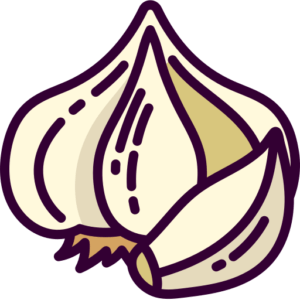Pomegranates (Punica granatum) are a deciduous shrub or small tree that can grow to be 20–30 feet tall. They have dark gray bark, smooth evergreen leaves, and showy orange to red flowers. The flowers are 3 cm in diameter and have four to five petals. The fruit is a berry that’s 5–12 cm in diameter and has a rounded hexagonal shape. It has a leathery rind that’s usually deep pink or red, but can also be yellow or purple. The inside of the fruit is white and spongy, with spaces filled with sacs or tart pulp and seeds. Each seed is surrounded by a sweet edible pulp called aril, and can range in color from white to deep red or purple.
Pomegranates are native to Iran, southwest Pakistan, and parts of Afghanistan, but are cultivated in many other places, including the Mediterranean, Asia, Africa, and Europe. They’ve been celebrated by different cultures and civilizations around the world for thousands of years and are considered a superfruit because of their nutritional and medicinal properties. Pomegranates are rich in minerals, mainly potassium and phosphorus, and are low in sodium. They also contain alkaloids, flavonoids, and tannins, as well as glucose varieties.






Reviews
There are no reviews yet.